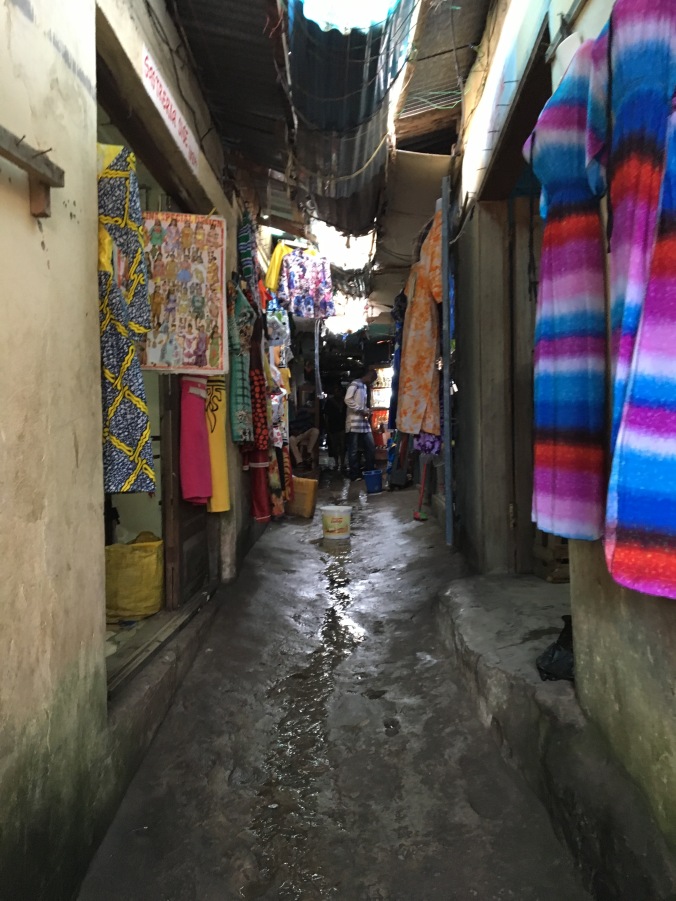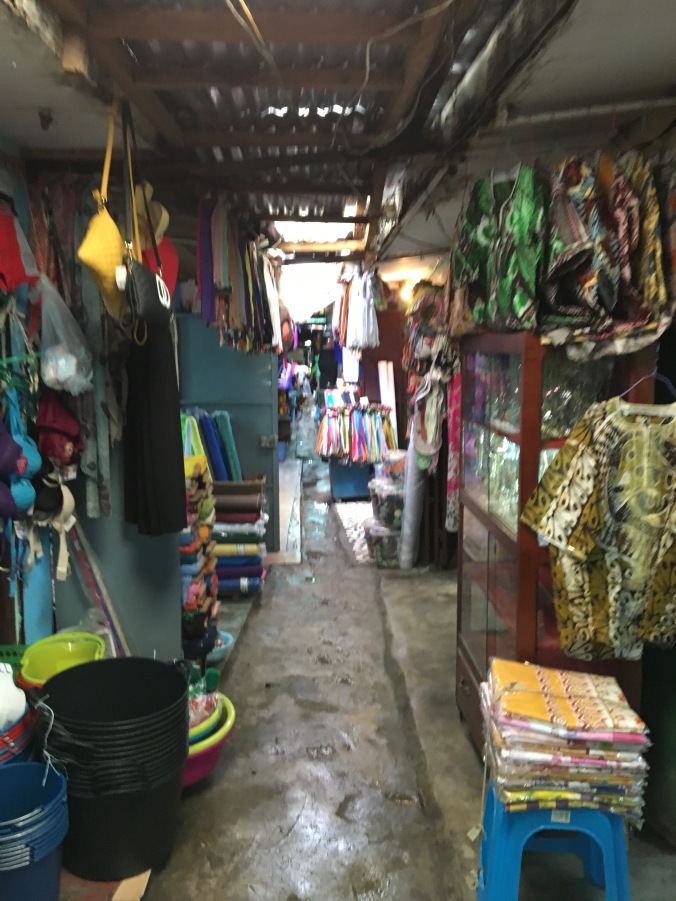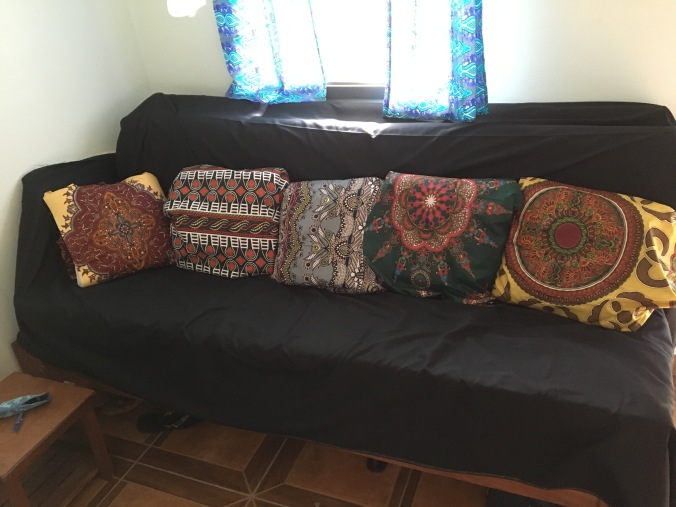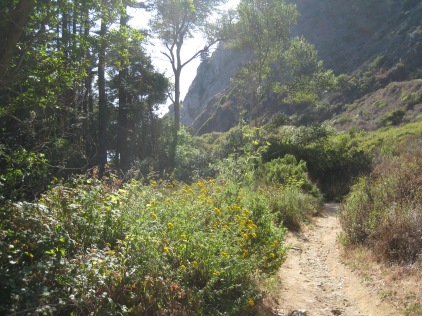In January I had the privilege of traveling to Spain to teach a linguistics course in Villablino, León. I lived in Granada for one year while I was studying Spanish in university, and being in Spain felt like being home again. Nevertheless, Northern Spain has a very different culture from the South.
Villablino is a smaller mining town, nestled in the mountains and practically forgotten except by those who know it’s there. Skiing is the main attraction for outsiders; there are no must-see historic sites or ancient cathedrals. When I was there I couldn’t even find a postcard.
Yes dismissing the town would be a mistake. It’s a special mix of city and country; there are about four main streets with plenty of shops and stores, but it’s easy to wander out of the town and into the hills. Stone walls guard horses and donkeys, but I’ve seen sheep wandering freely on a deserted hillside road. A stork nests on top of the stone bell tower of a church. A particularly warm year, winter was an interesting mix of damp rainy days, warm sunshine, and heavy snowfall. The fate of backyard gardens would look grim if it were not for the hearty kale plants growing everywhere, their thick leaves a splash of green peeking out from under the snow.

Villablino, Spain
When I was in university, I learned that Spain was home to four languages: Spanish, Catalan, Basque and Galician. The reality is far more complex with obscure little Romance languages scattered throughout the Northern mountains, isolation and time creating a perfect recipe for linguistic variation. The Laciana valley (where Villablino is located) is home to a language called Pachueso. Essentially moribund (linguistic speak for “practically dead”), there are next to no native speakers, only those who attempt to keep it alive through classes, public readings, songs, and conversations. It is sometimes sprinkled into the Spanish here in surprising ways. The majority of the cafés in Villablino have their open/closed signs in Pachueso instead of Spanish. My upstairs neighbor speaks it, and I had the privilege of listening to him read a story in the language. The story had a particularly rustic theme; it was about a boy who got chased up a tree by a wild boar and ended up arriving home late at night and being locked out. When my neighbor read the story, it seemed similar to Spanish, but not quite intelligible. It sounded as old as the mountains, a forgotten language that rolled off his tongue like water from a hidden spring.
Although the weather was unpredictable, it was generally cold and I was grateful for our heating system in the apartment. We had a coal stove. That’s right. Coal. Since Villablino is a mining town, coal is a relatively cheap resource and has been used to heat houses in the Laciana valley for years. It takes some maintenance. Hauling coal from the basement to the apartment in buckets every couple of days, scraping the grate from below daily so that it wouldn’t get clogged with ashes, emptying the fallen ashes once a week, and—if the fire happened to die—restarting it with newspaper and wood before adding more coal. It was labor-intensive, but I liked it. I felt like I was taking part of a tradition far more interesting and rich than simply pushing a button on a thermostat.

Villablino, Spain
It’s hard to say exactly what makes Spain feel like home to me. I have lived abroad in other places for just as long or longer without having the same feeling. And despite having never been to Villablino and knowing no one before arriving, it still felt like home right away.
I discovered that I really enjoyed teaching linguistics in Spanish. It was a small class, but the students were eager to learn. I taught an introductory grammar course, covering the basics of morphology and syntax. The best part for me was investing in the students and seeing them grow in their linguistic skills. At the beginning of the course they did not know what morphemes were, and by the end they were writing grammar descriptions. These are students who are interested in serving across the world in linguistics, literacy and Bible translation. It will be exciting to see where they end up. I like thinking about how God brings people together for a certain time or season and then scatters them across the world. Yet the connection and the impact everyone has had on each other remain.
It was an intense time, as it was my first time teaching my own class. There was a steep learning curve for preparing materials and exercises, outlining lesson plans, writing and grading exams, and balancing all of that with day-to-day life. I taught three hours a day, five days a week, and did all my prep work and grading in the afternoons and evenings. Add processing everything in my second language to the mix, and it’s no wonder I was tired at the end of the day. But at no point during the course was I so stressed that I regretted coming, and although I was exhausted after several weeks of this rhythm, I always felt like it was worth the effort. I lit up when I got to explain complex ideas or when I tried to show how beautiful language could be. It was a great fit, and I hope to be back.
And now my life seems full of contrasts. There was snow on the ground when I left, but now I am sticky from the humidity in Cameroon. I felt so comfortable and confident in Spanish, and now I am speaking halting French, trying to remember the syllables that have become rusty from disuse. There are more transitions down the road, but I will enjoy the bright moments and thank God for His provision and His dreams for me, far better than what I could think up on my own.
























